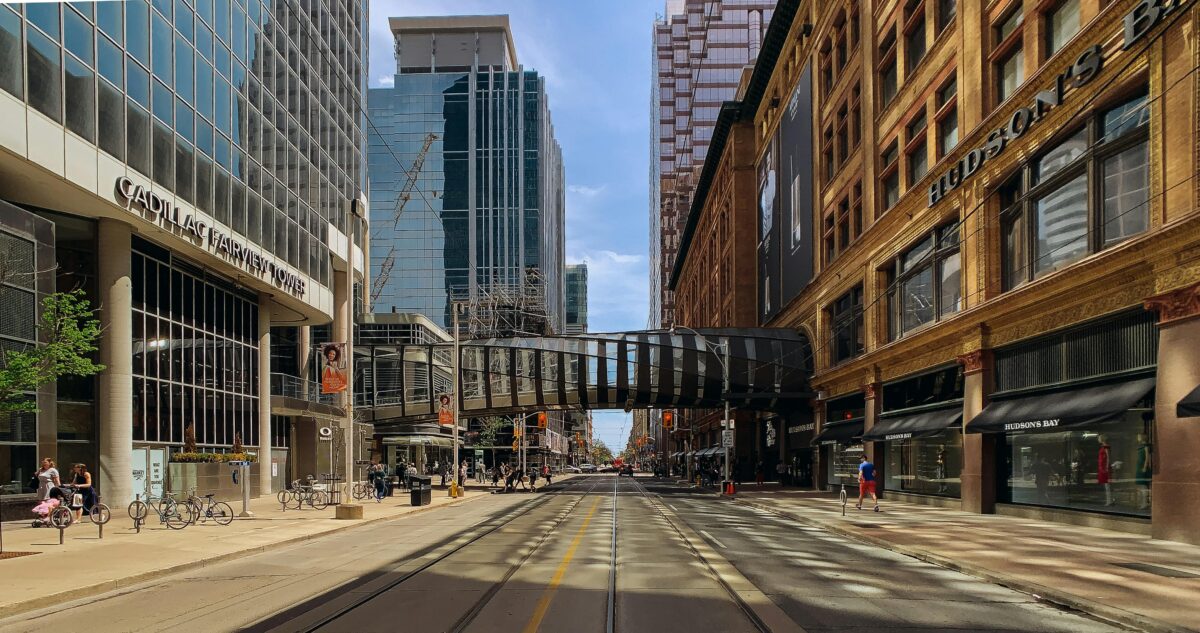Every real estate transaction comes with its share of uncertainty. Maybe the seller promised to fix that leaky faucet before closing. Or perhaps there’s a concern about whether old furniture will be cleared out in time. Even in the smoothest deals, buyers and sellers often find themselves holding their breath in the days leading up to closing.
That’s where holdbacks come in—a legal tool that provides a layer of protection when something still needs to be verified, repaired, or completed after the closing date. While not used in every deal, holdbacks can make the difference between a transaction that ends in trust and one that spirals into conflict.
Let’s explore what holdbacks are, when they apply, how they’re structured, and why having a real estate lawyer involved is critical.
What Is a Holdback?
In simple terms, a holdback is a portion of the purchase price that’s temporarily withheld—held in trust by one of the parties’ lawyers—until a specific condition is met. It might be as minor as replacing a broken appliance, or as significant as confirming the proper opening of a swimming pool in spring.
What makes a holdback powerful is its enforceability. When structured properly, it gives both parties a financial reason to follow through on their commitments, even after closing.
When Do Holdbacks Make Sense?
Holdbacks are common when there’s a lingering issue that can’t be resolved before closing but is expected to be dealt with shortly afterward. Here are some of the most typical situations:
1. Incomplete Repairs or Renovations
Let’s say the seller agreed to fix a damaged floorboard or replace a broken garage door opener, but the work isn’t done by closing day. Rather than delay the entire deal, the buyer may agree to close, on the condition that a set amount of money is withheld until the work is completed.
The funds are only released once proof is provided (such as photos, receipts, or a contractor’s report), and often within a clearly defined window, like 10 to 14 days after closing.
2. Post-Closing Performance Conditions
Sometimes, a holdback is used to make sure that certain actions are taken after possession changes hands. This could include:
- The seller is removing leftover furniture, garbage, or renovation debris
- The buyer confirms that appliances or mechanical systems are in working order
- Seasonal checks, such as verifying the pool function once it reopens in warmer weather
In these cases, the holdback offers leverage, an incentive to complete the task quickly and properly.
3. Occupancy or Vacancy Issues
If a property is currently occupied by tenants or the seller needs to stay a few days past closing, a holdback can help ensure the space is vacated as promised. The funds are returned once the property is fully handed over in the agreed-upon condition.
How Much Is Usually Held Back?
There’s no universal number, the amount is negotiated based on the issue at hand. A small repair might warrant a $2,000–$5,000 holdback. More substantial concerns, like roofing or HVAC issues, might require $10,000 or more. Seasonal or less urgent matters typically fall in the $1,000–$3,000 range.
The goal isn’t to penalize; it’s to cover the potential cost if something isn’t done. If the holdback is too small, it may not cover the work. Too large, and it may feel excessive or even jeopardize the deal.
When and How Are Holdbacks Released?
Holdback funds are typically released when the agreed-upon condition is fully satisfied. That usually means:
- The work has been completed to a reasonable standard
- Proof has been submitted (photos, receipts, or inspections)
- Any agreed deadline has passed without dispute
If there’s disagreement, such as the buyer believing the work was poorly done, the release of funds can be delayed while the issue is resolved, sometimes through legal negotiation or even arbitration. This is why the original agreement must be clear about what completion looks like.
Your Lawyer’s Role: Clarity, Compliance, and Conflict Prevention
A holdback is only as strong as its legal documentation. Vague promises like “seller to fix the dishwasher after closing” won’t stand up if there’s a dispute. That’s where your real estate lawyer comes in.
Your lawyer ensures:
- The holdback clause is clearly written and legally enforceable
- The amount, timeline, and conditions are unambiguous
- The funds are held in a trust account with proper documentation
- Any necessary inspections, receipts, or third-party verifications are arranged
- You’re protected if the other party fails to deliver
If things do go sideways, your lawyer is also your first line of defense—advising on next steps, negotiating a fair resolution, or guiding you through any necessary legal channels.
Are Holdbacks Risk-Free?
Not entirely. While they’re meant to reduce risk, holdbacks can become sticking points if expectations aren’t clearly set. Common challenges include:
- Disagreements over whether the job was completed properly
- Delays in providing proof or receipts
- Poorly drafted clauses that leave room for interpretation
That’s why the details matter and why legal advice isn’t optional.
In Summary…
In the world of Ontario real estate, holdbacks are one of the few tools that allow a deal to close with confidence, even when something is still in progress. Whether you’re a buyer hoping to protect yourself from post-closing surprises, or a seller needing time to follow through, a holdback can be a fair and practical solution.
But like any legal mechanism, it only works when it’s done right.
At Philer.ai, our real estate lawyers help structure holdbacks that are airtight, reasonable, and fully enforceable. We ensure the terms are crystal clear, the money is handled securely, and your interests are protected every step of the way.
🛡️ Need help drafting or reviewing a holdback clause?
📅 Book a consultation with Philer.ai and get legal support designed for real-world real estate.








